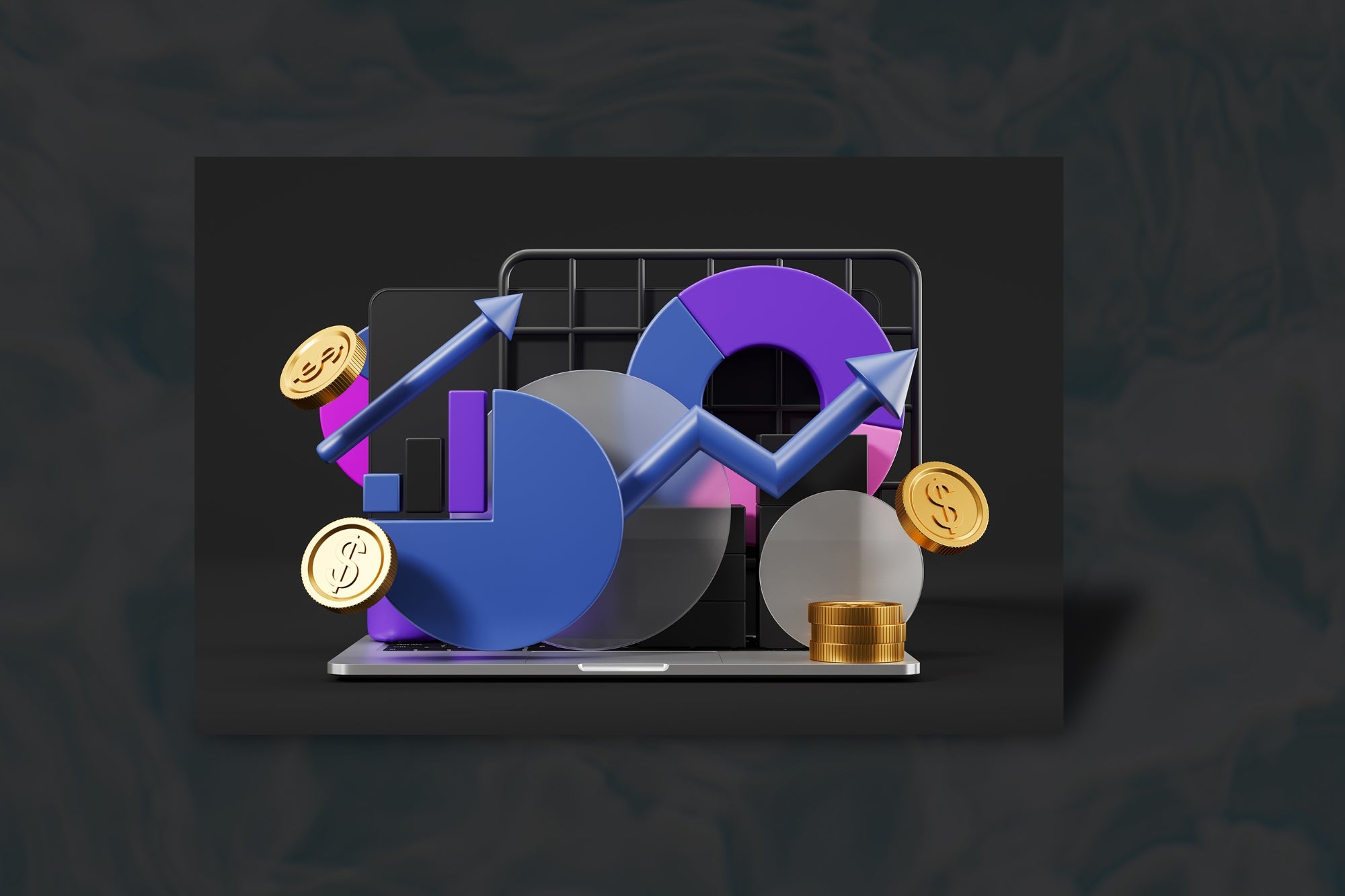Can Satellite Imagery Help Bridge the Gap Of Food Security? Satellites and remote sensors continuously monitor farms and enable farmers and agribusinesses to examine data and receive real-time updates
Opinions expressed by Entrepreneur contributors are their own.
You're reading Entrepreneur India, an international franchise of Entrepreneur Media.

With the current use of technologies such as IoT, blockchain, machine learning, GIS, artificial intelligence, GPS tagging, drones, satellite images, and many others, agritech companies are now altering the face of agriculture.
Today satellite imagery in agriculture directs to fresh and efficient Industry growth. Agricultural methods are becoming more predictable and seamless and it is further improving the farm planning method with accurate forecasts further enhancing decision making.
Precision agriculture operations benefit from the integration of technological solutions such as IoT devices and determining appropriate agro-chemical requirements. Satellites and remote sensors continuously monitor farms and enable farmers and agribusinesses to examine data and receive real-time updates to understand and know their precise harvesting time.
Increasing the Sustainability Of Agricultural Methods
Today with the looming threat of global warming, water management and sustainable farming practices have become inevitable. Water management can be cost-effective if paired with the right technology. Farmers and agri-businesses can use satellites to monitor big crop regions in real-time giving them an estimation of water requirements and demand across the field. This further helps conserve water most effectively and assists in better irrigation management and effective farm management.
Climate Resilience And Satellite Images
Famine, droughts, floods and unpredictable weather conditions have all been exacerbated by global warming. Experienced farmers can foresee such issues and treat them in time. However, the problem lays when one might not have the correct information to tackle an issue of this caliber or might not have the experience to foresee disasters. Satellite images can not only aid in such situations with their constant weather monitoring and prediction but can also help by providing the correct and relevant information required to tackle an issue like this. Using technology can help establish a cost-effective strategy and ensure the long-term viability of agriculture.
Growing Healthier Crops In a Futuristic Fashion
For farmers and agribusinesses, pest infestations and crop diseases can be a big source of anxiety. Farmers use insecticides, fertilisers, and herbicides to keep these yield-depleting pests at bay. Spraying the same amount of pesticides across the field is one of the most common blunders farmers unconsciously make. Each plot's and crop's requirements may differ greatly and this piece of information is commonly missed by agri-stakeholders. Over-spraying chemicals can reduce crop quality and affect the soil's nutritional value. Agro-chemical requirements for specific portions of a field can be determined using satellite data. This guarantees that each crop receives only the amount of chemical it requires and nothing more, reducing crop failures and alleviating important food security concerns.
Precision Agriculture Is Aided By Satellite Imagery
Precision farming techniques aid in increasing farm efficiency by maximizing resource consumption. Precision agriculture may help agribusinesses save money on water, seeds, pesticides, and a variety of other agricultural inputs along with improving crop quality and better quality yield.
High-resolution photos are combined with smart devices in the satellite imagery-IoT Integration. Agricultural drones can precisely spray fertilizers by utilizing reliable crop information from satellite photographs. Using agricultural robots in conjunction with satellite imagery, the seeding function can be expedited and made more accurate and efficient.
With Sophisticated ERP, Agricultural Discoveries Are Being Pushed Forward
Agricultural R&D is an underappreciated asset for promoting food security and improving farming methods and resilience. Satellite imagery's insights into various crops and other field factors put agricultural practices one step ahead. Agriculture satellite imagery is a useful tool in agricultural research and development, providing additional information into smart agriculture techniques helping with better output and reducing crop failure rates.
Estimates of yield can be made using satellite photography
Accurate crop yield estimation is crucial for stakeholders who invest in agricultural technology. Satellite imagery can aid in the administration and planning of farms, whilst also encouraging agri-stakeholders into making better and efficient decisions when investing in agricultural products.
Using agriculture satellite pictures in conjunction with an ERP platform can greatly simplify the detection of issues such as vegetation, moisture, and micronutrient stress. Agriculture satellite Imaging can help Agribusinesses enhance their procurement and storage arrangements by providing crop-specific production estimates. Furthermore, these estimations can aid insurance firms or micro-finance companies in accurately predicting future agricultural conditions. In agriculture, Satellite Imaging is a valuable asset that can boost productivity and enable sustainable agricultural techniques at an economical cost.
We live in a world where technology has put every industry and every individual at ease. Today with technological advancements witnessed in every Industry, the agricultural sector's technological revolution has been delayed, due to a lack of understanding and information. Technology when put to use sustainably can assist in the agriculture processes and enhance its outcomes, benefitting the agri-stakeholders of the entire value chain.









